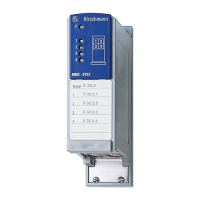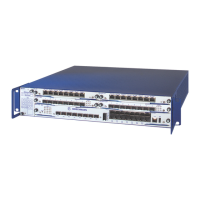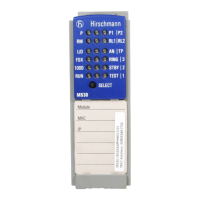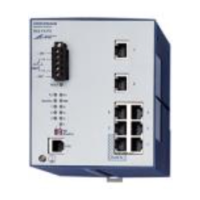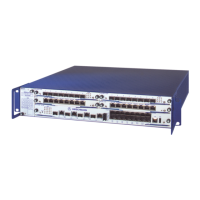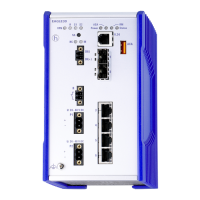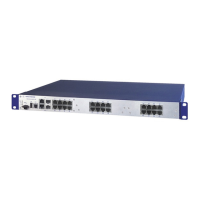Synchronizing the System Time in the
Network
138
7.3
Precision Time Protocol
UM Basic Configuration L3P
Release
7.1
12/2011
If no reference clock is available, you specify a device as the reference
clock and set its system time as accurately as possible.
PTP mode Application
v1-simple-mode Support for PTPv1 without special hardware. The device
synchronizes itself with received PTPv1 messages.
Select this mode for devices without a timestamp unit
(RT module).
v1-boundary-clock Boundary Clock function based on IEEE 1588-2002 (PTPv1).
v2-boundary-clock-onestep Boundary Clock function based on IEEE 1588-2008 (PTPv2) for
devices with MM23 and MM33 media modules.
The one-step mode determines the precise PTP time with one
message.
v2-boundary-clock-twostep Boundary Clock function based on IEEE 1588-2008 (PTPv2) for
devices with RT modules.
The two-step mode determines the precise PTP time with
two messages.
v2-simple-mode Support for PTPv2 without special hardware. The device
synchronizes itself with received PTPv2 messages.
Select this mode for devices without a timestamp unit
(RT module).
v2-transparent-clock Transparent Clock (one-step) function based on IEEE 1588-2008
(PTPv2) for devices with MM23 and MM33 media modules.
Table 9: Selecting a PTP mode

